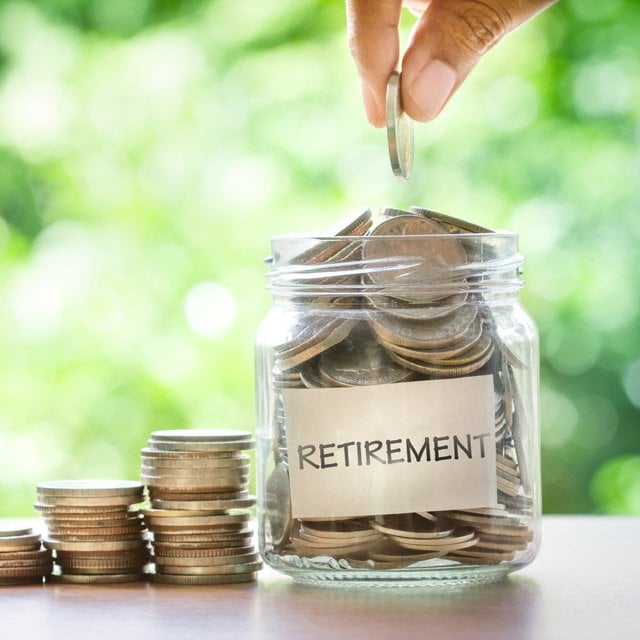Spending Down 401(k), IRA Principal 'Shouldn't Be Shameful': Strategist

What You Need to Know
Following the 4% rule leads many retirees to underspend, Sharon Carson of J.P. Morgan Asset Management says in releasing the firm’s Guide to Retirement.
The Secure 2.0 Act should help improve retirement security, but market volatility will continue to challenge investors.
The firm’s retirement strategists say advisors must work harder to help their clients create and follow a sustainable spending plan.
The general investing public continues to rely too heavily on outdated rules of thumb with respect to managing their spending in retirement, and the result is that many middle-class and mass affluent Americans are significantly underspending while also living in unnecessary fear that they will run short of money late in life.
This was among the key takeaways shared by Sharon Carson, a J.P. Morgan Asset Management retirement strategist, during a press event held Monday in New York to launch the firm’s annual Guide to Retirement report, now in its 11th edition.
As Carson emphasized, the seemingly ubiquitous 4% withdrawal rule is often misunderstood by retirees as being an approach that will help them time the depletion of their portfolio according to their anticipated mortality. In reality, the rule merely states that, based on the historical behavior of the markets, a 4% withdrawal rate will likely not deplete a given retirement portfolio that is split 50-50 between stocks and bonds.
“People fail to appreciate that. In so many cases, the application of the 4% withdrawal rule actually results in portfolio growth during the retirement period,” Carson said. “Following the rule causes people to spend far less than they could, and even if a person has legacy goals, that’s not an optimal outcome. As a retirement strategist, I like to say that spending of principal shouldn’t be shameful.”
Carson was joined at the event by Mike Conrath, J.P. Morgan’s recently appointed chief retirement strategist, and by Kelly Hahn, a defined contribution strategist. As the trio recounted, retirement investors have experienced unprecedented volatility in the market throughout the last year, and they face continued uncertainty for the year ahead.
Despite the challenges, however, the panel voiced optimism for the future of retirement security in the U.S., especially given the late-2022 passage of the Setting Every Community Up for Retirement Enhancement (Secure) 2.0 Act. Carson, Conrath and Hahn all pointed to different parts of the legislation that they feel should help workers prepare better for retirement and help retirees do better than the 4% rule.
Secure 2.0 Brings Optimism
According to the J.P. Morgan experts, many of the provisions in the Secure 2.0 Act should immediately start to improve the retirement security of working Americans. The law will go a long way to increase the number of retirement plans offered by small businesses, they argued, for example by significantly expanding the tax benefits associated with starting and maintaining a plan.
Many working Americans will also gain access to new emergency savings tools, and they will benefit form higher tax-advantaged catch-up contributions that can help those who got a late start in their retirement savings journey.
At the same time, other provisions add significant flexibility that will benefit older workers and retirees, the panel agreed, especially the provisions that have pushed back the date at which retirement investors with tax-sheltered assets must start drawing required minimum distributions. Carson spoke particularly fondly about these provisions, noting that retirees will eventually be able to wait to make RMDs until age 75.
“I agree with other commentators who have pointed out that this extended RMD age creates some awesome planning opportunities, many of which can deliver significant tax savings,” Carson said. “There are some really interesting opportunities for people in their 60s and into their 70s to coordinate strategic Roth conversions with delayed Social Security claiming.”






